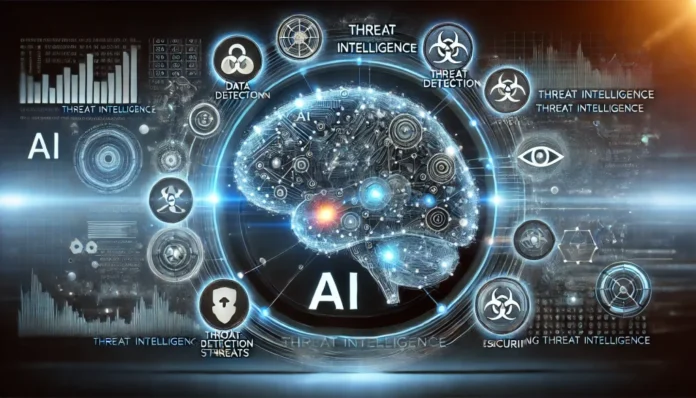As cyber threats become more sophisticated, the need for advanced security measures has never been greater. AI threat detection is changing the landscape of cybersecurity by providing smarter, faster, and more effective ways to identify and counteract potential risks. By leveraging the power of artificial intelligence, organizations can stay ahead of cybercriminals and protect their valuable data.
Understanding AI in Cybersecurity
Artificial intelligence plays a vital role in cybersecurity by enabling systems to learn from patterns and detect unusual activities that may signal a threat. Traditional methods often rely on predefined rules and signatures to identify risks, which can be slow and ineffective against new or evolving threats. In contrast, AI systems use machine learning algorithms to analyze vast amounts of data in real time, identifying potential risks before they can cause damage. This proactive approach helps organizations respond swiftly and reduce the likelihood of a security breach.
Identifying Anomalies and Predicting Threats
One key advantage of using AI in cybersecurity is its ability to identify anomalies that could indicate a cyber threat. AI systems analyze user behavior, network traffic, and system activities to understand what is normal and flag any deviations. These anomalies could be anything from unusual login times to unexpected data transfers. By continuously learning from this data, AI can better predict potential risks, allowing security teams to focus on the most pressing threats. This predictive capability is a game-changer in staying one step ahead of cybercriminals.
Automating Threat Response and Mitigation
AI not only helps in detecting potential threats but also plays a significant role in automating responses. When a risk is identified, AI can take immediate action, such as isolating affected systems, blocking malicious traffic, or alerting security teams. This automated response reduces the time between detection and action, minimizing the potential damage caused by cyber threats. Automation also relieves the burden on human analysts, allowing them to focus on more complex issues rather than routine monitoring tasks. The result is a more efficient and robust cybersecurity framework.
Enhancing Data Analysis and Decision-Making
In cybersecurity, data is everything. AI-powered systems can process and analyze vast volumes of data much faster than human analysts, identifying patterns and connections that would otherwise go unnoticed. This capability helps understand the behavior of different types of malware, viruses, and other cyber threats. By providing deeper insights into how attacks are structured and executed, AI enables security teams to make more informed decisions about their defense strategies. These insights are crucial for developing better preventative measures and improving overall security posture.
Reducing False Positives and Improving Accuracy
A common problem in cybersecurity is the issue of false positives—alerts that signal a threat when there isn’t one. Traditional security systems often generate many false positives, leading to alert fatigue and potentially causing real threats to be overlooked. AI can significantly reduce false positives by learning from past incidents and accurately distinguishing between normal and suspicious activities. This improves threat detection accuracy and ensures that security teams are not overwhelmed by unnecessary alerts. With fewer false alarms, they can focus on real threats, making their response more effective.
OpenText states, “OpenText™ Cybersecurity Aviator’s innovative new threat detection approach combines machine learning models that automatically and continuously learn with rapid deployment—allowing new threat detection models to be in place within hours to protect from new and evolving threats.”
AI threat detection transforms cybersecurity by providing advanced tools and techniques to identify, predict, and respond to cyber risks. Artificial intelligence is revolutionizing how organizations protect themselves from digital threats through machine learning, anomaly detection, automated responses, enhanced data analysis, and reduced false positives. As cyberattacks become more frequent and sophisticated, integrating AI into cybersecurity is no longer optional but necessary for any organization serious about safeguarding its digital assets.


